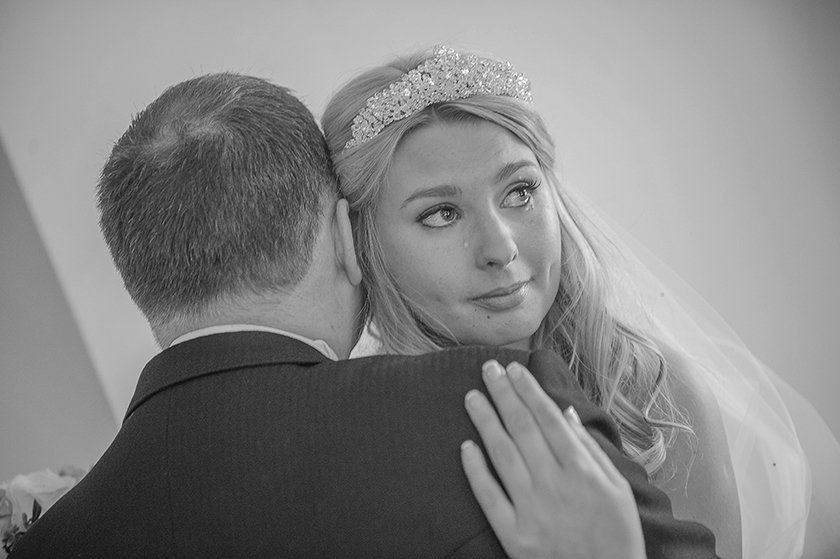- Messages
- 8,400
- Name
- Andy
- Edit My Images
- No
Hi
Does anyone here shoot just in black and white? I have been thinking about it for a real long time. I'm going away on holiday to france in a few weeks time and as was thinking of doing a project of 1 camera, 1 prime lens, shoot black and white only on Jpg Large Fine. I love Mono and it got me thinking about just shooting like this permanently.
Anyone else shoot only or near enough only in Mono? Do you always shoot RAW then convert or shoot Jpg and hope there is enough information there to get a good exposure.
I have the PEN-f which has loads of great mono customisation so probably the best tool for the job although I'm rather partial to Panasonic's Dynamic Monochrome.
Does anyone here shoot just in black and white? I have been thinking about it for a real long time. I'm going away on holiday to france in a few weeks time and as was thinking of doing a project of 1 camera, 1 prime lens, shoot black and white only on Jpg Large Fine. I love Mono and it got me thinking about just shooting like this permanently.
Anyone else shoot only or near enough only in Mono? Do you always shoot RAW then convert or shoot Jpg and hope there is enough information there to get a good exposure.
I have the PEN-f which has loads of great mono customisation so probably the best tool for the job although I'm rather partial to Panasonic's Dynamic Monochrome.

 Porth Y Nant
Porth Y Nant ?
?
